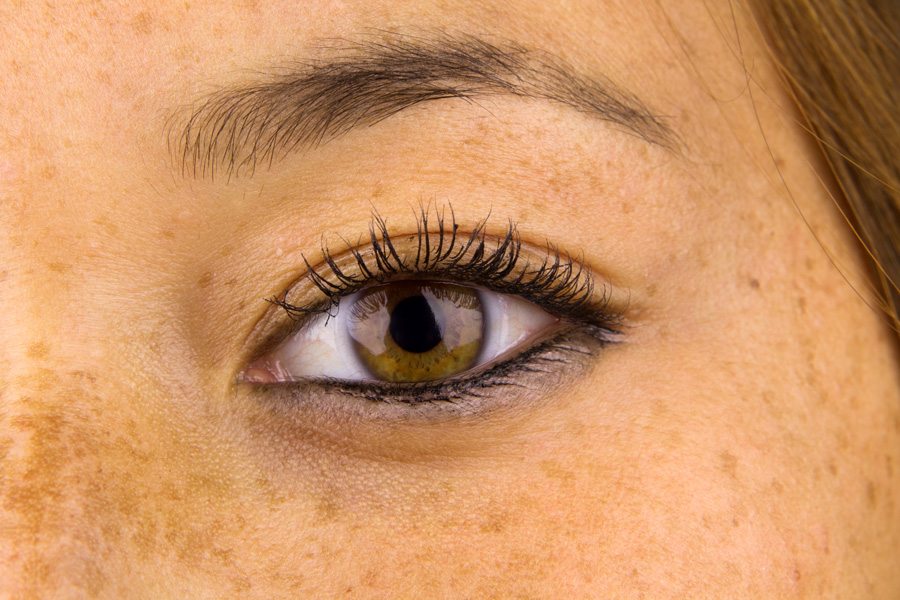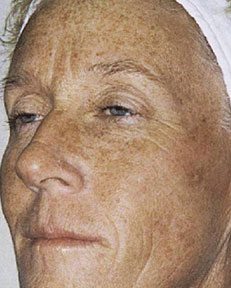Sun damage, also known as photo aging, is caused by ultraviolet (UV) light from the sun and is the cause of most of the changes we associate with aging of the skin. In addition to premature aging of the skin, sun damage also increases your risk of skin cancer. Exposure to the sun accumulates over your lifetime and causes the skin to show the signs of aging prematurely. Age spots, sun-induced freckles, sagging skin, wrinkling and blemishes of benign brown pigment are evidence of sun damage. With sun damage, the skin becomes thicker and rougher, loses its elasticity and develops uneven pigmentation.
Sun-Damaged Skin
Treatments for Sun-Damaged Skin
Skin care specialist Dr. David J. Congdon and Cedar Valley ASCENT offer a series of treatments to address and prevent sun-damaged skin, including:
IPL Photofacial
During this procedure, focused light pulses are directed into the skin, reducing redness, freckles, wrinkles and signs of aging.
OBAGI Nu-Derm System
This complete skin care kit helps erase the effects of excessive spotting, pigmentation, and skin aging. The Nu-Derm System includes a cleanser, toner, hydrator and blender.
Lunchtime Peels
These quick facial peels can be performed over a lunchbreak and involve a short facial cleaning and the application of a mild chemical peel that lifts to reveal exfoliated, softer skin!
Microdermabrasion
Sun-damaged skin can be treated using the hand-held microdermabrasion wand that reveals underlying, healthy skin.
PCA SKIN® Clinical Care Products
With a product line that includes face washes, body cleansers, total strength lines and pore minimizers, PCA SKIN® Clinical Care can keep your skin beautiful.

Prevention of Sun Damage
Additionally, patients can take several important steps to preventing further sun damage to skin:
- Avoid sun exposure by staying in the shade between 10:00 a.m. and 4:00 p.m., when the sun is most intense
- Wear light-colored clothing with tightly woven fabric
- Wear a wide-brimmed hat and sunglasses
- Wear sunscreen with a SPF of at least 15, reapplying every two hours, even on cloudy days
Case Study
The patient featured below received a sun-damaged skin treatment.

Before
